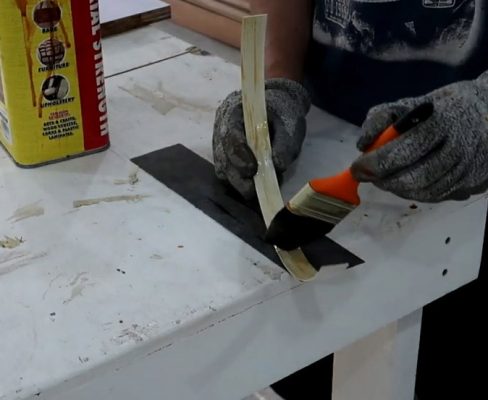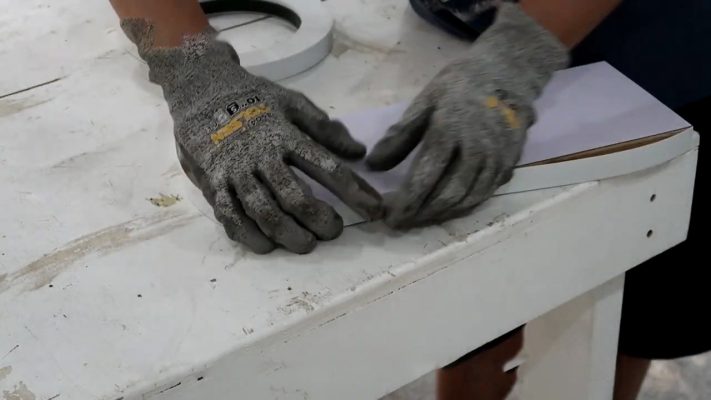Sticking ABS edging involves using an adhesive to bond the edge banding to the substrate. Here’s a guide on how to stick ABS edging effectively:
How to Stick ABS Edging: A Step-by-Step Guide
ABS edging is commonly used in furniture and cabinetry to provide a clean and durable finish to the edges of substrates such as particleboard or MDF. Follow these steps to stick ABS edging securely:
Materials Needed:
- ABS edge banding
- Edge banding adhesive (hot melt or contact adhesive)
- Edge banding trimmer or router
- Clean cloth
- Edge banding roller (optional)
Steps:
1. Prepare the Surface: Ensure that the edge of the substrate is clean, dry, and free from dust or debris. Any contaminants can affect the adhesion of the ABS edging.
2. Cut the Edging: Measure the length of the edge you will be covering with ABS edging. Cut the ABS edging slightly longer than this measurement to allow for trimming later.
3. Apply the Adhesive: Depending on the type of adhesive you are using (hot melt or contact adhesive), follow the manufacturer’s instructions for application. For hot melt adhesive, apply a thin, even bead along the edge of the substrate. For contact adhesive, apply a thin, even coat to both the substrate edge and the back of the ABS edging.
4. Attach the Edging: Align the ABS edging with the edge of the substrate, ensuring a flush and even fit. Press the edging firmly onto the substrate, starting from one end and working your way to the other end.
5. Trim Excess Edging: Once the adhesive has set (refer to adhesive manufacturer’s instructions for drying/curing time), use an edge banding trimmer or router to trim the excess edging flush with the surface of the substrate. Be careful to maintain a clean and straight edge.
6. Apply Pressure: Use an edge banding roller, if available, to apply firm pressure along the length of the edging. This helps ensure a strong bond between the ABS edging and the substrate.
7. Clean Up: Wipe off any excess adhesive that may have squeezed out during the bonding process using a clean cloth and an appropriate solvent (if needed for contact adhesive).
Tips for Best Results:
- Choose the right adhesive for your application (hot melt for quick bonding or contact adhesive for flexible materials).
- Follow the adhesive manufacturer’s instructions regarding application, drying/curing time, and temperature requirements.
- Practice on a scrap piece of material before applying ABS edging to your project to ensure proper technique and adhesive compatibility.
By following these steps and using the appropriate adhesive, you can effectively stick ABS edging to your furniture or cabinetry projects. Would you like to include any specific adhesive recommendations or additional tips in this guide?
